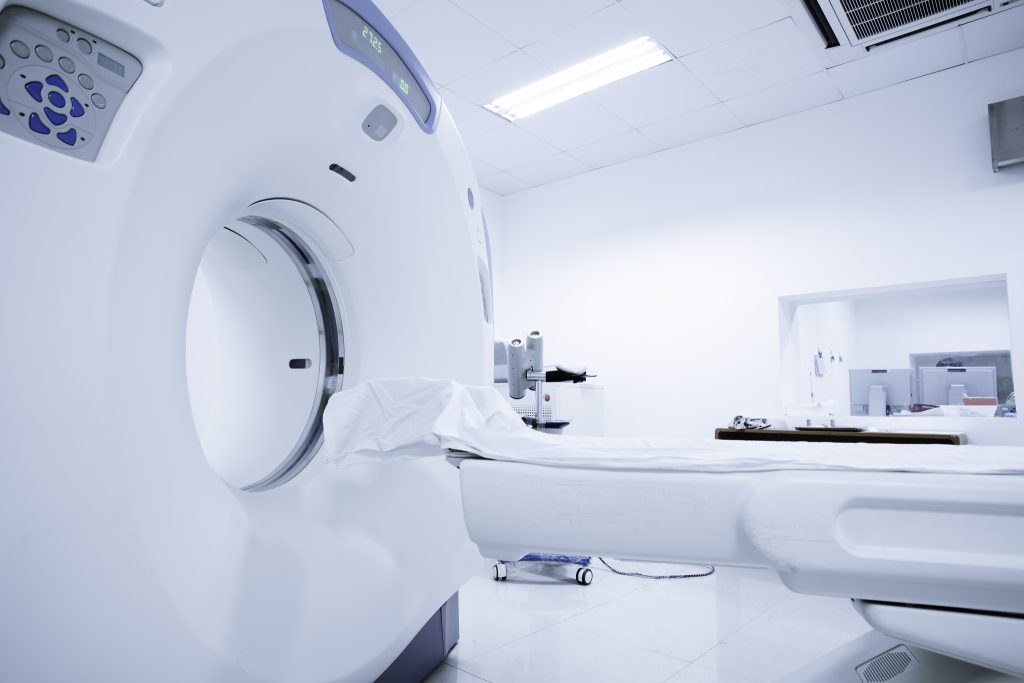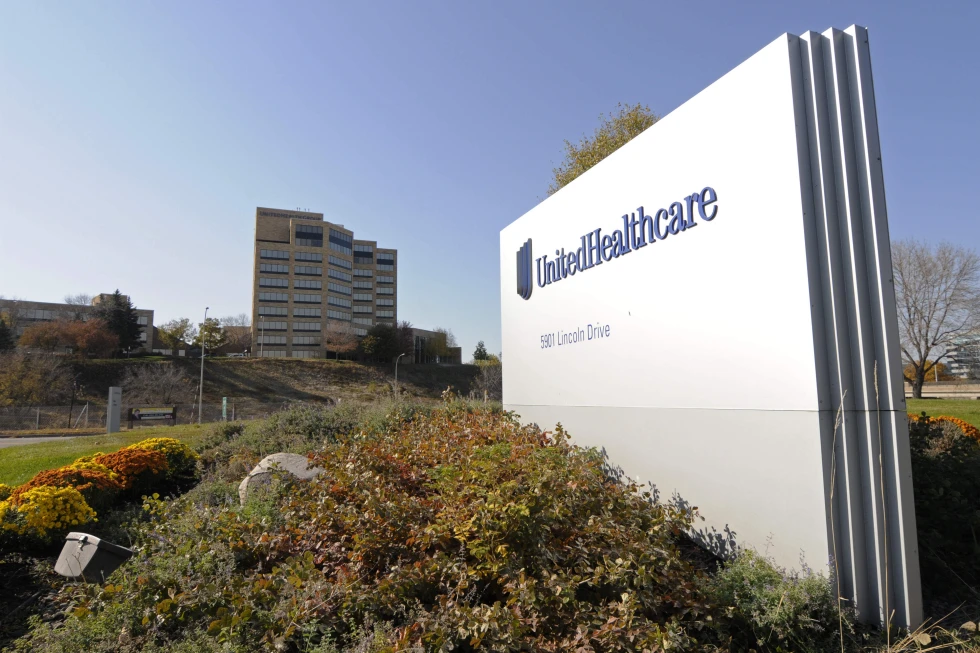The fourth quarter results of UnitedHealth Group have garnered attention for both their positive aspects and unexpected challenges.
Despite turning in a better-than-expected performance, the company surprised Wall Street with a significant increase in medical costs, which soared by 16%.
This unexpected development has had a notable impact on the stock market, as shares of UnitedHealth and other major health care and insurance providers slipped following the announcement of these results.
Throughout much of the previous year, health insurers have grappled with the mounting pressure of rising medical costs.
UnitedHealth, in particular, has highlighted the substantial increase in claims stemming from its Medicare Advantage business.
This surge in claims has been attributed to a higher number of seniors undergoing heart and orthopedic outpatient procedures.
Notably, the company provides coverage for approximately 7.7 million individuals through its Medicare Advantage plans, which serve as privately managed alternatives to the government’s Medicare program and are primarily designed for individuals aged 65 and older.
The unexpected surge in medical costs has raised concerns and sparked discussions within the financial and healthcare sectors.
This development has prompted analysts and industry experts to delve deeper into the underlying factors contributing to the notable increase in medical expenses.
Furthermore, it has also led to a reevaluation of the broader implications of these rising costs on the healthcare landscape, particularly in relation to the provision of services to seniors and the financial performance of healthcare and insurance companies.
The implications of UnitedHealth Group’s fourth quarter results and the subsequent market reaction extend beyond the immediate financial sphere.
They underscore the intricate interplay between healthcare provision, insurance coverage, and financial markets.
The unexpected surge in medical costs has prompted a reassessment of the factors driving these increases, including demographic trends, healthcare utilization patterns, and the broader economic and regulatory landscape.
Moreover, the impact of these developments extends to the broader healthcare ecosystem, as stakeholders seek to understand and address the underlying drivers of rising medical costs.
This includes evaluating the implications for healthcare providers, insurers, policymakers, and, most importantly, the individuals and communities reliant on these services.
The ability to navigate and respond to these challenges will be pivotal in shaping the future of healthcare delivery and financing, particularly in the context of an aging population and evolving healthcare needs.
In conclusion, UnitedHealth Group’s fourth quarter results and the unexpected surge in medical costs have sparked significant interest and scrutiny within both the financial and healthcare sectors.
The implications of these developments extend beyond the immediate financial impact, encompassing broader considerations related to healthcare provision, insurance coverage, and the evolving landscape of healthcare financing.
As stakeholders grapple with the complexities of rising medical costs, it is imperative to foster a deeper understanding of the underlying factors driving these increases and to chart a path forward that ensures the continued provision of high-quality and accessible healthcare for all.
UnitedHealth, a prominent player in the healthcare industry, experienced a surge in claims towards the end of the year, attributed in part to the ongoing impact of COVID-19 and a heightened demand for vaccinations and medical care.
The company’s Chief Financial Officer, John Rex, highlighted the robust response from seniors to RSV vaccinations and scheduled physician visits, indicating a positive trend in proactive healthcare measures.
However, this surge in healthcare utilization led to a substantial increase in UnitedHealth’s medical costs, its largest expense, which rose to $62.23 billion in the quarter from $53.6 billion at the end of 2022.
Despite the significant rise in medical costs, UnitedHealth’s leadership remains steadfast in their assertion that these increased expenses will not impede the company’s expectations for 2024.
In late November, the company announced its anticipation of adjusted earnings ranging between $27.50 and $28 per share in the new year, underscoring its confidence in navigating the evolving healthcare landscape.
The confluence of factors contributing to UnitedHealth’s financial performance underscores the complex interplay between healthcare trends, economic considerations, and the company’s strategic outlook.
The COVID-19 pandemic continues to exert a profound impact on healthcare systems worldwide, driving fluctuations in demand for medical services, pharmaceuticals, and preventive care measures.
The heightened focus on vaccinations, particularly among vulnerable populations such as seniors, reflects a concerted effort to mitigate the spread of infectious diseases and safeguard public health.
Moreover, the surge in physician visits signals a proactive approach to addressing healthcare needs, potentially indicative of a broader trend towards preventive and proactive healthcare.
This trend aligns with a growing emphasis on wellness and disease prevention within the healthcare landscape, underscoring the evolving priorities of both healthcare providers and consumers.
In the face of escalating medical costs, UnitedHealth’s resilience and strategic foresight are evident in their unwavering commitment to their financial outlook for 2024.
This steadfastness reflects the company’s confidence in its ability to manage and mitigate the impact of rising expenses, leveraging its operational efficiency, and strategic initiatives to maintain its financial trajectory.
The broader implications of UnitedHealth’s experience underscore the intricate dynamics at play within the healthcare industry.
The interplay between healthcare utilization, cost management, and financial projections highlights the multifaceted nature of the challenges and opportunities inherent in the provision of healthcare services.
UnitedHealth’s ability to navigate these complexities while maintaining a forward-looking perspective speaks to the company’s resilience and adaptability in a rapidly evolving landscape.
Furthermore, UnitedHealth’s performance serves as a barometer for the broader healthcare industry, offering insights into the shifting patterns of healthcare utilization, the impact of public health initiatives, and the financial implications for key industry stakeholders.
As such, UnitedHealth’s experience provides valuable lessons for healthcare organizations seeking to navigate the complexities of the current healthcare environment, adapt to evolving trends, and sustain financial viability amidst dynamic market conditions.
In conclusion, UnitedHealth’s recent financial performance amidst the backdrop of evolving healthcare trends underscores the intricate interplay between healthcare utilization, cost management, and strategic foresight.
The company’s resilience in the face of rising medical costs and its unwavering confidence in its financial outlook for 2024 reflect its ability to navigate the complexities of the healthcare landscape.
As the healthcare industry continues to evolve, UnitedHealth’s experience offers valuable insights and lessons for industry stakeholders, highlighting the imperative of adaptability, strategic foresight, and operational resilience in sustaining financial viability and navigating dynamic market conditions.
UnitedHealth Group Inc., a prominent player in the health insurance industry, recently reported its financial performance for the final quarter of 2023.
According to FactSet, analysts had anticipated earnings of $27.87 per share. The company’s profit surged by nearly 15% to approximately $5.5 billion in the final quarter, contributing to a yearly earnings figure surpassing $22 billion.
In specific terms, earnings adjusted for one-time items reached $6.16 per share in the fourth quarter, accompanied by a 14% increase in revenue, which amounted to $94.43 billion.
These figures exceeded analysts’ expectations, as they had projected earnings of $5.98 per share on $92.13 billion in revenue for the same period.
UnitedHealth’s influence extends to over 47 million individuals in the United States, offering not only health insurance but also a range of services including care, pharmacy benefits management, and technology solutions through its Optum segment.
Despite the positive earnings report, Leerink Partners analyst Whit Mayo expressed a cautious sentiment, noting that the overall results “don’t look great.”
In a research note, Mayo highlighted the underperformance of the company’s care-providing arm, Optum Health, which delivered earnings below expectations, leading to a decrease in profitability for the segment.

The significance of UnitedHealth’s performance extends beyond its individual standing, as it is often perceived as a bellwether for its industry counterparts.
As the first to report earnings each quarter, the company’s results are closely monitored by analysts and investors alike.
Following the announcement, shares of UnitedHealth Group Inc. experienced a decline of more than 4%, reaching $516.63 on Friday morning.
This movement occurred within the context of a broader market trend, as the Dow Jones Industrial Average, in which UnitedHealth is a constituent, registered a decrease of less than 1%.
The financial performance of UnitedHealth Group Inc. in the final quarter of 2023 has elicited a mixed response, with positive earnings figures tempered by concerns regarding the performance of its care-providing segment.
As the industry continues to evolve, the company’s position and influence make its quarterly reports a focal point for market observers, shaping perceptions of the broader health insurance landscape.
